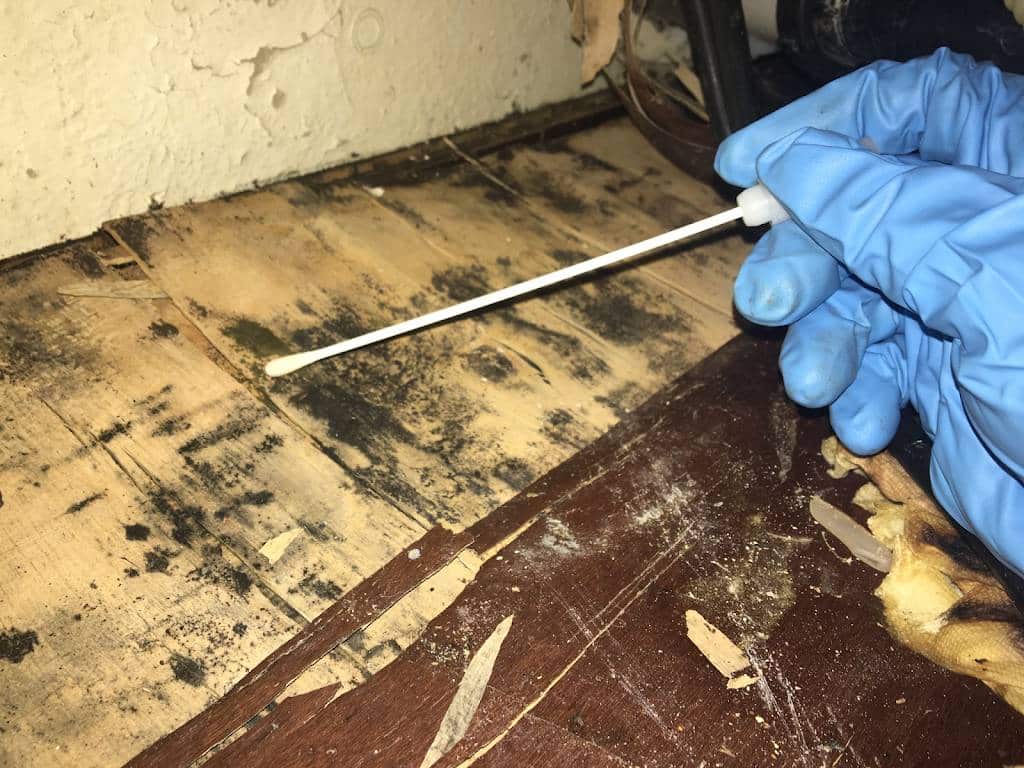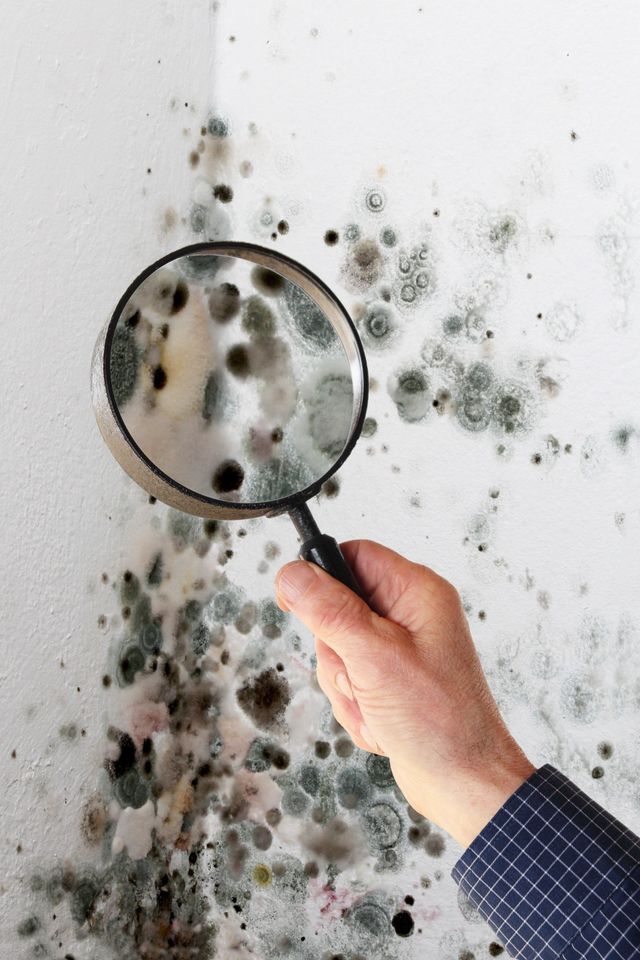Necessary Actions After Mold Remediation
Wiki Article
Expert Tips for Post Mold And Mildew Remediation Success
In the world of mold and mildew removal, successfully removing mold and mildew is only half the fight; the true difficulty hinges on avoiding its reappearance. Post-remediation initiatives play a critical function in guaranteeing a mold-free setting in the long-term. By sticking to expert suggestions and best methods, people can secure their rooms versus mold rebirth and maintain a healthy and balanced indoor atmosphere. It remains in this phase of the removal process that interest to detail and positive measures truly make a difference.
Screen Moisture Degrees Routinely
Normal surveillance of humidity levels is essential in guaranteeing the performance of article mold and mildew remediation initiatives. After completing mold and mildew removal procedures, keeping optimal moisture degrees is important to stop mold re-growth and ensure a healthy interior environment. Tracking humidity degrees enables early discovery of any kind of spikes or fluctuations that might possibly bring about mold revival. High humidity levels above 60% create a favorable atmosphere for mold and mildew to flourish, making routine checking a proactive procedure to prevent any type of future mold problems - Post remediation mold testing near me.Additionally, establishing a routine timetable for moisture checks, especially in high-risk areas such as cooking areas, cellars, and washrooms, is an aggressive method to mold and mildew prevention. By constantly checking moisture degrees, building owners can successfully alleviate the threat of mold reoccurrence and preserve a healthy and balanced interior setting post-remediation.
Conduct Thorough Inspections Post-Remediation
Following the conclusion of mold removal procedures, it is essential to carry out detailed assessments to confirm the effectiveness of the remediation procedure. These post-remediation inspections are critical in making certain that the mold issue has been effectively resolved which there is no reappearance or staying mold growth. Inspections need to be performed by qualified experts that have know-how in determining mold and mildew and evaluating indoor air top quality.During these assessments, different methods such as visual analyses, air sampling, and surface sampling may be used to completely evaluate the remediated locations. Visual evaluations involve an in-depth evaluation of the properties to look for any kind of visible indications of mold and mildew growth or water damages. Air tasting aids in identifying the air-borne mold and mildew spore levels, while surface area tasting can identify mold and mildew bits on surfaces.
Implement Appropriate Air Flow Approaches
After ensuring the effectiveness of the mold removal procedure through comprehensive examinations, the following crucial action is to focus on executing proper air flow strategies. Ample air flow is essential in protecting against mold reoccurrence by regulating moisture levels and promoting air blood circulation.
Correct ventilation not just aids in protecting against mold and mildew development yet also adds to the general health and wellness and convenience of occupants. By making sure appropriate air flow throughout the residential property, you can lower the risk of mold regrowth and try here create a healthier living atmosphere.

Use Mold-Resistant Materials for Fixes
To enhance the long-lasting performance of mold and mildew remediation initiatives, incorporating mold-resistant products for repair work is important in alleviating the risk of future mold and mildew development. Mold-resistant materials are developed to withstand moisture and inhibit mold and mildew growth, making them an important option for locations susceptible to dampness and moisture. When repairing areas affected by mold, using materials such as mold-resistant drywall, mold-resistant paints, and mold-resistant caulking can assist prevent mold and mildew reoccurrence.Mold-resistant drywall is an outstanding choice to standard drywall in areas like shower rooms and cellars where dampness levels are greater. When subjected to damp problems, this kind of drywall has an unique finishing that resists mold growth even. Furthermore, using mold-resistant paints consisting of antimicrobial representatives can additionally hinder mold and mildew growth on wall surfaces and ceilings.
In locations where moisture prevails, such as kitchen areas and restrooms, making use of mold-resistant caulking around home windows, tubs, and sinks can help secure out water and useful content stop mold from holding in cracks and holes. By purchasing these mold-resistant products throughout repair work post-remediation, you can considerably decrease the probability of future mold and mildew issues and maintain a much healthier indoor atmosphere.
Maintain Cleanliness and Address Water Issues
After mold and mildew remediation, it is essential to keep a tidy environment to avoid the regrowth of mold and mildew. Leakages, water breach, or high moisture levels can create the excellent breeding ground for mold, so it is important to fix any kind of water-related issues instantly.To maintain tidiness, consider utilizing HEPA filters in vacuum cleaners and air cleansers to catch mold and mildew spores and stop their circulation airborne. In addition, guaranteeing correct ventilation in areas susceptible to moisture accumulation, such as shower rooms and kitchens, can aid keep humidity levels in check. By remaining attentive regarding tidiness and resolving water concerns promptly, you can properly stop mold and mildew reinfestation and maintain a healthy indoor environment.
Final Thought

In the world of mold and mildew remediation, successfully eliminating mold is only half Homepage the battle; the true obstacle exists in stopping its reappearance. After finishing mold remediation treatments, preserving optimum moisture degrees is essential to stop mold and mildew re-growth and guarantee a healthy and balanced indoor setting. High moisture degrees above 60% create a favorable setting for mold and mildew to prosper, making routine keeping an eye on a proactive action to prevent any type of future mold and mildew problems.
To improve the lasting performance of mold and mildew removal efforts, including mold-resistant materials for fixings is crucial in mitigating the threat of future mold growth. After mold remediation, it is important to maintain a tidy atmosphere to stop the regrowth of mold and mildew.
Report this wiki page